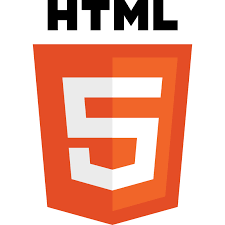Introduction
HTML stands for Hypertext Markup Language. HTML is the basis of any webpage, it can be written in the most basic text editor like “notepad” in Windows to most advanc word editors.
HTML documents are made of texts enclosed in between different types of “tags” these tags are called HTML elements.
These elements are used for embedding and formatting different information like image, text, links, audio video etc to a web page further CSS (Cascading Style Sheet) is used for page layout and designing purpose.
A Brief History Of HTML
HTML 2.0 (1995)
HTML 2.0 was the first complete version released in 1995
HTML 3.0 (January 1997)
HTML 4.0 (December 1997)
HTML 5.0 (October 2014)
Example HTML document
<!DOCTYPE html>
<html>
<body>
<h1>Main Heading</h1>
<p>Paragraph.</p>
</body>
<html>
In the above example
<!DOCTYPE html> is the html5 declaration.
The whole html document is always enclosed in between html tags
<html>
————————————————————-
————————————————————-
</html>
<body>—-</body> tag encloses the visible part of the document.
Heading
There are total six heading elements in HTML
<h1>First Heading</h1>
<h2> Second Heading</h2>
<h3>Third Heading</h3>
<h4>Fourth Heading</h4>
<h5>Fifth Heading</h5>
<h6>Sixth Heading</h1>
Heading size decreases from <h1> to <h6>.
<p> ……. </p> element is used for paragraphs. Each element declared in the begining must be closed following a forward slash (/), except some exceptions which we will discuss later.

Leave a Reply